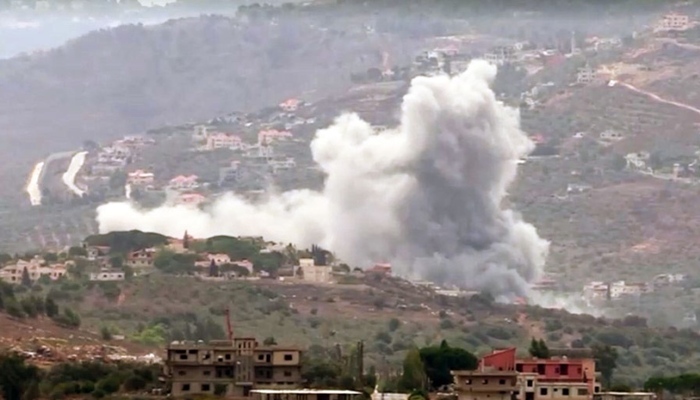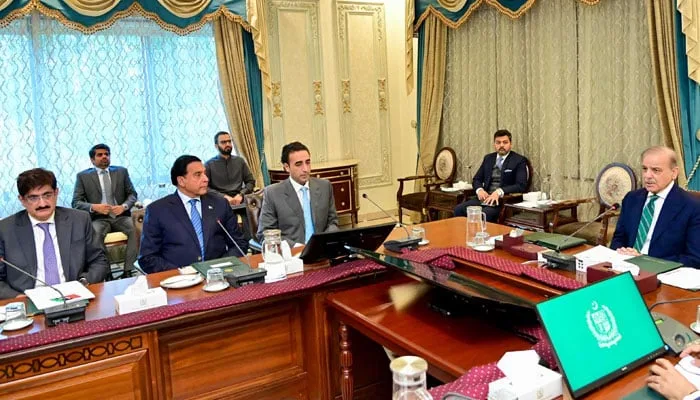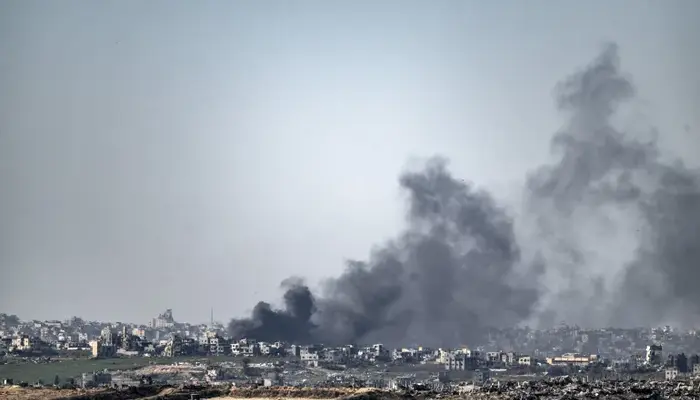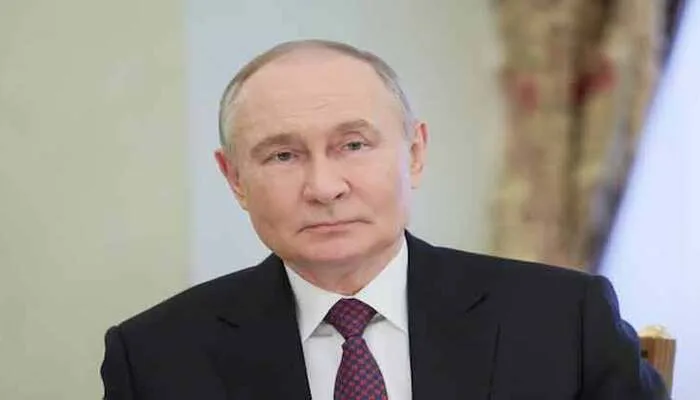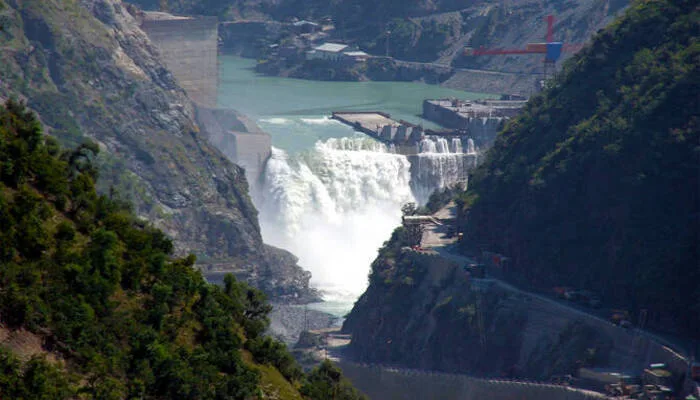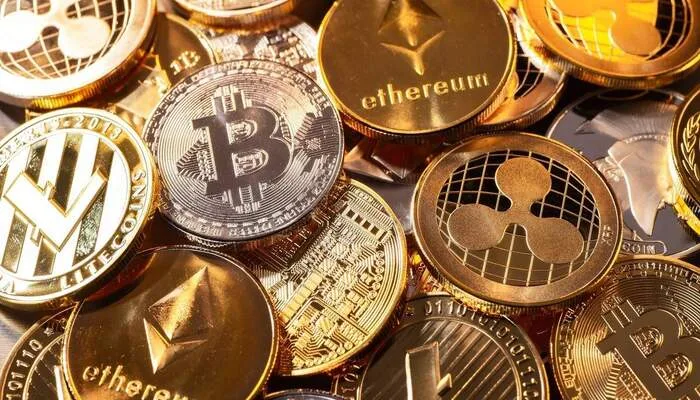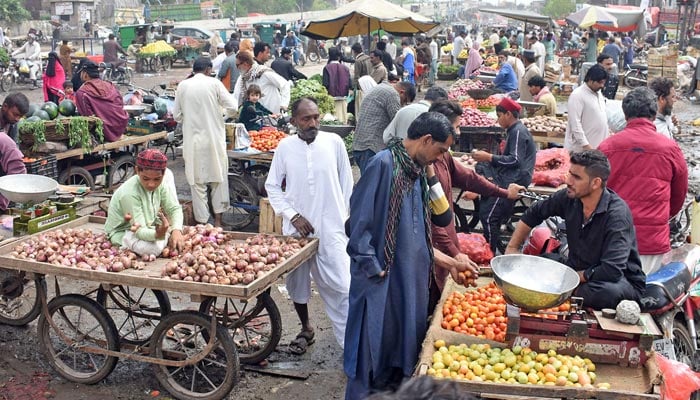
In March, Pakistan experienced a staggering increase in monthly inflation that exceeded expectations, reaching a near-record high of 35.4% compared to the previous year. This has resulted in individuals experiencing greater financial strain as they struggle to cope with rapidly increasing consumer prices, while their average incomes fail to keep up with the cost of living.
On Saturday, the Pakistan Bureau of Statistics (PBS) released the latest inflation data, indicating the potential for an increase in interest rates during the upcoming monetary policy committee (MPC) meeting scheduled for April 4.
The pace of price increases aligns with the Finance Ministry’s expectations, as they had stated that market frictions caused by a demand and supply gap for essential items, exchange rate depreciation, and recent petrol and diesel price increases would keep inflation at an elevated level. However, monthly inflation rates dropped to 3.7% in March, down from February.
The inflation situation in Pakistan has worsened significantly, causing widespread misery as the price of almost every edible item has skyrocketed over several months, eroding the purchasing power of the masses. Core inflation, which excludes volatile energy and food prices, reached 18.6% in urban areas and 23.1% in rural areas in March.
Analysts warn that Pakistan may be heading towards hyperinflation, with prices spiraling out of control and potentially increasing by 50%. Rural areas have been hit particularly hard, with an inflation rate of 38.9%, while urban areas have seen a jump to 33%, according to the PBS.
Food inflation has increased significantly due to disrupted supply chains and weak checks. In March, food inflation rose sharply to 50.2% in rural areas and 47.1% in cities, according to PBS data. The federal and provincial governments have been unable to ensure steady essential food supplies.
These soaring prices come at a time when the economy has slowed down considerably, and poverty and unemployment are on the rise. The prices of most consumer goods are out of reach for the majority of people, with rural areas seeing a major surge in prices, exacerbating already low income levels.
Food group prices surged by 47.15% in March compared to the same month the previous year, with unprecedented increases in both perishable and non-perishable food items.
Inflation Rate
Pakistan’s inflation rate has remained above 20% since June due to reduced imports by the coalition government. The rate has been further exacerbated by the container logjam, the rupee’s weakness against the dollar, and the Ministry of Finance’s tough policies to attract the International Monetary Fund (IMF).
The Wholesale Price Index (WPI), which tracks wholesale market prices, rose sharply to 37.5% in March from 23.8% the previous year.
According to the Pakistan Bureau of Statistics (PBS), overall inflation increased in both urban and rural areas. In March, urban inflation rose to 33%, while rural inflation surged to 38.9%, compared to 11.9% and 13.9% respectively in the same month last year.
In March, the non-food inflation rate reached 24.1% in urban areas and 28.5% in rural areas, compared to 10.4% and 12.5% respectively in the same month last year.
The prices of non-perishable food items increased by 46.44% on an annualized basis, while perishable goods saw a 51.81% year-on-year surge in prices.




